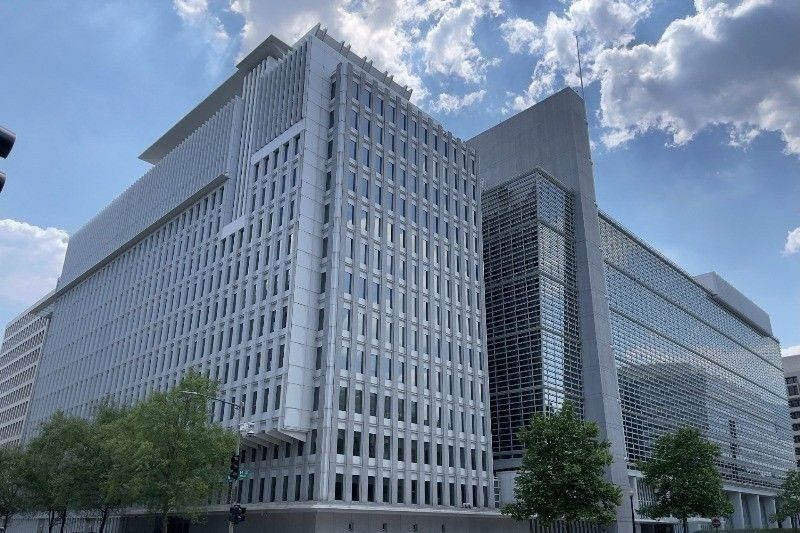World Bank trims 2024 Philippines GDP target to 5.9%

MANILA, Philippines — The World Bank has downscaled its economic growth forecast for the Philippines this year following the slower-than-expected gross domestic product growth in the third quarter, but expects the economy to post faster economic growth next year.
In its latest Philippine Economic Update, the World Bank said it revised downward the growth forecast for the country to 5.9 percent this year from the earlier forecast of six percent.
Gonzalo Varela, World Bank lead economist and program leader of the equitable growth, finance and institutions practice group for the Philippines, Malaysia and Brunei, said in a press briefing yesterday that the revised forecast reflects the impact of adverse weather events that led to lower than expected growth in the third quarter of 2024.
The Philippine economy grew by 5.2 percent in the third quarter, slower than the 6.4 percent growth in the previous quarter and six percent expansion in the third quarter in 2023.
The World Bank’s new growth forecast for the Philippines for 2024 is below the government’s revised six to 6.5 percent growth target for this year.
Despite the downward adjustment in the 2024 growth forecast for the Philippines, the World Bank expects the economy to expand at a faster 6.1 percent next year and six percent in 2026.
The World Bank’s growth forecasts for the Philippines for 2025 and 2026 are both within the six to eight percent growth goal set by the government for those years.
“The positive outlook that we see for the economy is anchored on private domestic demand,” Varela said, noting that private consumption is expected to remain the main engine of economic activity until 2026, fueled by low and stable inflation, steady overseas Filipino workers’ remittances and a dynamic labor market.
He said private investment activity is also expected to firm up due to reforms undertaken by the country to attract more investors and lower interest rates.
“Strong growth puts the country on a firmer footing to maintain gains in poverty reduction,” Zafer Mustafaoglu, World Bank country director for the Philippines, Malaysia and Brunei Darussalam said.
The World Bank expects poverty incidence in the country to decrease to 13.6 percent this year from 15.5 percent last year, based on the lower-middle-income poverty line of $3.65 per day.
It expects the poverty incidence to fall further to 11.3 percent in 2026.
The World Bank said external and domestic risks, however, could affect the growth outlook.
Externally, these include geopolitical tensions and weaknesses in China’s economy, which could weaken global trade, manufacturing and tourism, as well as uncertainty over measures introduced by large economies that may affect global trade.
Within the Philippines, the World Bank cited risks such as higher inflation that could erode incomes and constrain private consumption if it is not well managed, as well as adverse weather conditions that may affect farm output, tourism, construction and industrial activities.
As the country strengthens its resilience against climate change, World Bank senior economist Jaffar Al-Rikabi said it also vital to accelerate digital transformation to sustain growth in the long term.
“Advancing the digital economy, including by encouraging greater adoption of core digital technologies by businesses, can expand the country’s growth potential,” he said.
He said increased digitalization could expand market access, build resilience to economic shocks, as well as improve the country’s productivity and competitiveness.
“Investing in human capital is just as crucial for the Philippines to sustain its growth and seize the opportunity for a ‘demographic dividend,’ which will only last for the next 20–25 years,” he said.
- Latest
- Trending



























